
The Second Balkan War was a conflict which broke out when Bulgaria, dissatisfied with its share of the spoils of the First Balkan War, attacked its former allies, Serbia and Greece, on 16 (O.S.) / 29 (N.S.) June 1913. Serbian and Greek armies repulsed the Bulgarian offensive and counterattacked, entering Bulgaria. With Bulgaria also having previously engaged in territorial disputes with Romania and the bulk of Bulgarian forces engaged in the south, the prospect of an easy victory incited Romanian intervention against Bulgaria. The Ottoman Empire also took advantage of the situation to regain some lost territories from the previous war. When Romanian troops approached the capital Sofia, Bulgaria asked for an armistice, resulting in the Treaty of Bucharest, in which Bulgaria had to cede portions of its First Balkan War gains to Serbia, Greece and Romania. In the Treaty of Constantinople, it lost Adrianople to the Ottomans.
Common Romanian, also known as Ancient Romanian, or Proto-Romanian, is a comparatively reconstructed Romance language evolved from Vulgar Latin and considered to have been spoken by the ancestors of today's Romanians, Aromanians, Megleno-Romanians, Istro-Romanians and related Balkan Latin peoples (Vlachs) between the 6th or 7th century AD and the 10th or 11th centuries AD. The evidence for this can be found in the fact that Romanian, Aromanian, Megleno-Romanian, and Istro-Romanian share with each other their main language innovations comparative to Vulgar Latin on one hand, and distinctive from the other Romance languages on the other, according to Romanian linguist Marius Sala.

The Romanian Land Forces is the army of Romania, and the main component of the Romanian Armed Forces. Since 2007, full professionalization and a major equipment overhaul have transformed the nature of the Land Forces.

Ioan I. Cantacuzino was a renowned Romanian physician and bacteriologist, a professor at the School of Medicine and Pharmacy of the University of Bucharest, and a titular member of the Romanian Academy. He established the fields of microbiology and experimental medicine in Romania, and founded the Ioan Cantacuzino Institute.
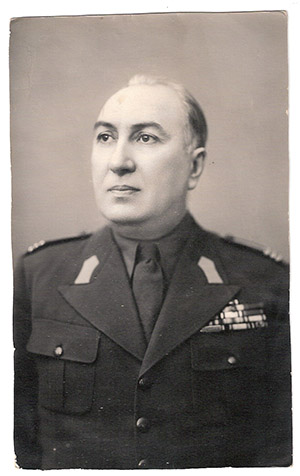
Constantin Tobescu was a Romanian general of the Romanian Gendarmerie (Jandarmeria) during World War II, deserter during the King Michael's Coup of August 23, 1944, one of the principal executors of Ion Antonescu's racial purity policies.
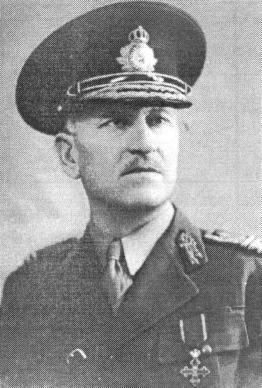
Constantin Constantinescu-Claps was a Romanian general during World War II, in command of the Romanian Fourth Army at the Battle of Stalingrad.

The sixth cholera pandemic (1899–1923) was a major outbreak of cholera beginning in India, where it killed more than 800,000 people, and spreading to the Middle East, North Africa, Eastern Europe, and Russia.

Seven cholera pandemics have occurred in the past 200 years, with the first pandemic originating in India in 1817. The seventh cholera pandemic is officially a current pandemic and has been ongoing since 1961, according to a World Health Organization factsheet in March 2022. Additionally, there have been many documented major local cholera outbreaks, such as a 1991–1994 outbreak in South America and, more recently, the 2016–2021 Yemen cholera outbreak.
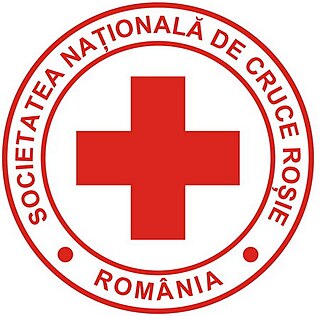
The Romanian Red Cross (CRR), also known as the National Society of Red Cross from Romania, is a volunteer-led, humanitarian organization that provides emergency assistance, disaster relief and education inside Romania. It is the designated national affiliate of the International Federation of Red Cross and Red Crescent Societies.

Alexandru Slătineanu was a Romanian bacteriologist, civil servant, and art collector. From an aristocratic and intellectual background, he embraced socialism while studying in Paris in the 1890s, becoming a lifelong associate of the socialist physician Ioan Cantacuzino. Slătineanu served his country in the Second Balkan War and World War I, creating a medical infrastructure designed to combat cholera and typhus, and improving immunology research. His laboratory continued to set the national standard in the field of bacteriology during the interwar years.

Ernest Broșteanu was a Romanian general during World War I, best known for his leading role in the 1918 Romanian military intervention in Bessarabia.

Grigore C. Crăiniceanu was a Romanian military officer.

After a series of quick tactical victories on the numerically overpowered Austro-Hungarian forces in Transylvania, in the autumn of 1916, the Romanian Army suffered a series of devastating defeats, which forced the Romanian military and administration to withdraw to Western Moldavia, allowing the Central Powers to occupy two thirds of the national territory, including the state capital, Bucharest.
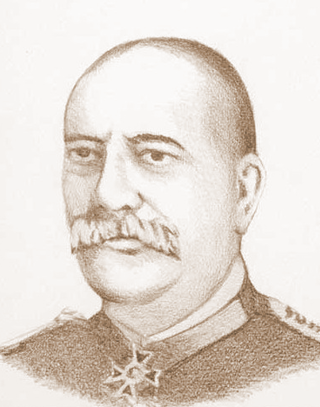
Cleante Davidoglu (1871–1947) was a Romanian major general during World War I and its immediate aftermath, who served as commander of the Gendarmerie from 1927 to 1928.
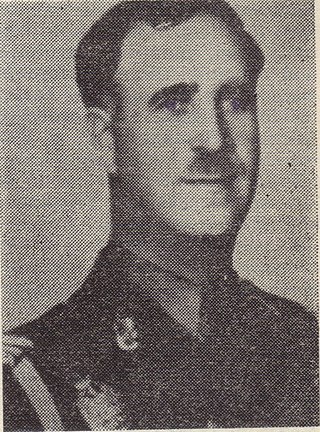
Alexandru A. Dobriceanu was an officer in the Romanian Army who fought in both World War I and World War II, and rose to the rank of major general afterwards.
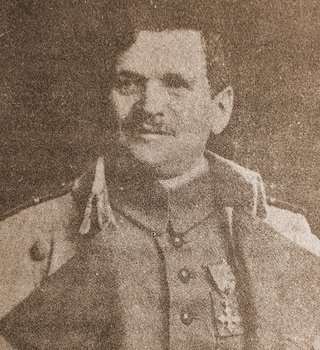
Marcel Olteanu was a Romanian brigadier general during World War I and the Hungarian–Romanian War.

Mihail Ceaur-Aslan was one of the generals of the Romanian Army in the First World War.
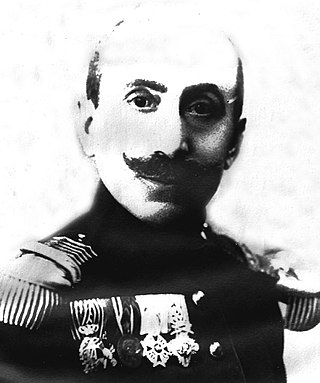
Constantin Teodorescu was one of the generals of the Romanian Army in the First World War. He is most known for serving as division commander in the 1916 campaign.

Pirotehnia Armatei was the munitions factory of the Romanian Army. It was founded in Bucharest on 23 November 1861. In 1939 it was moved to Sadu (Bumbești-Jiu) where it continued to work as Pirotehnia Armatei Sadu until 1948. Today the factory is known as the Sadu Mechanical Plant. The former factory from Bucharest was eventually transformed into the "9 May" Plant in 1950, and was demolished in 2009.



















